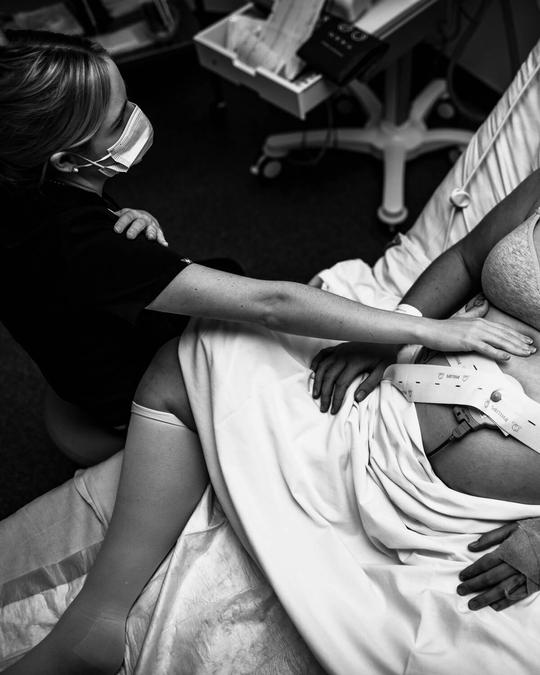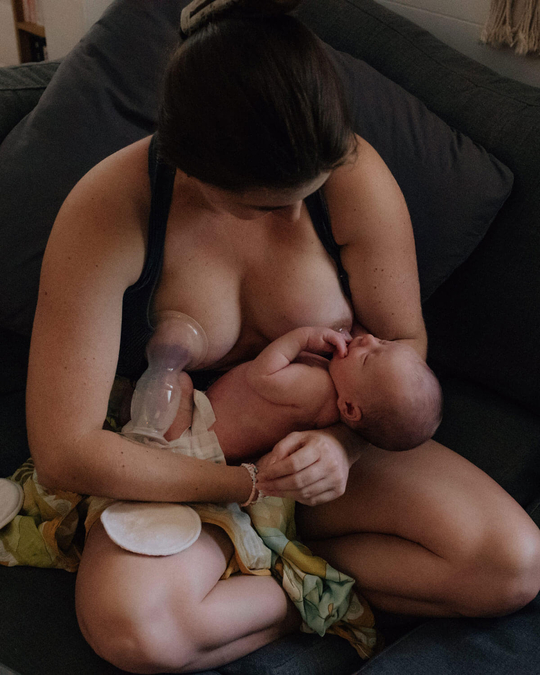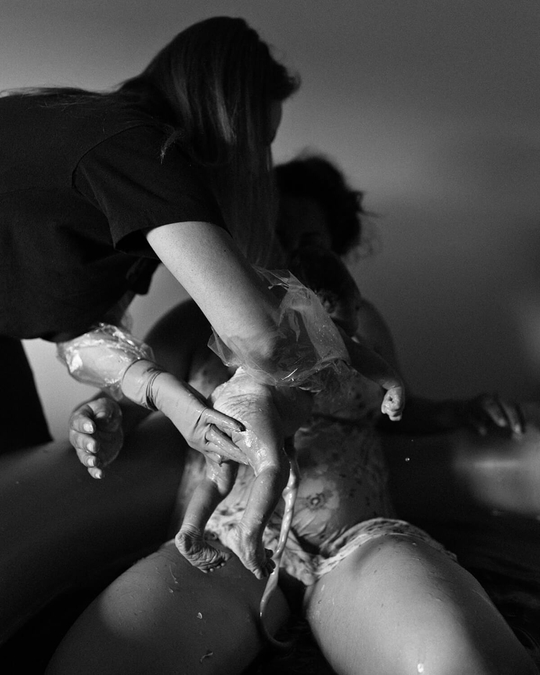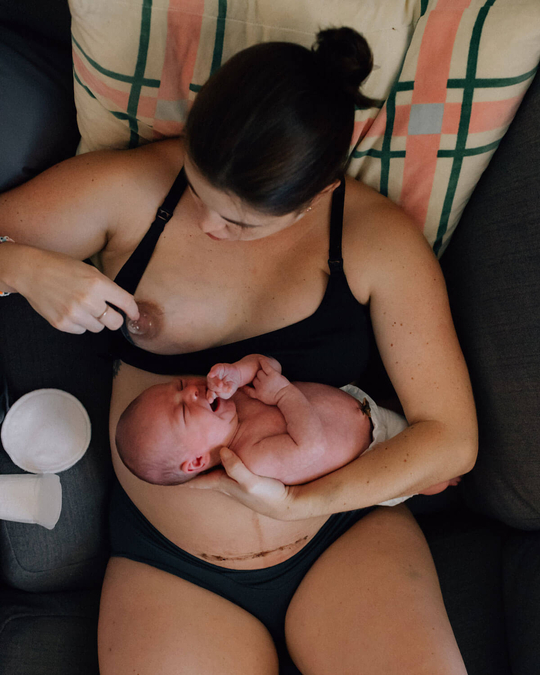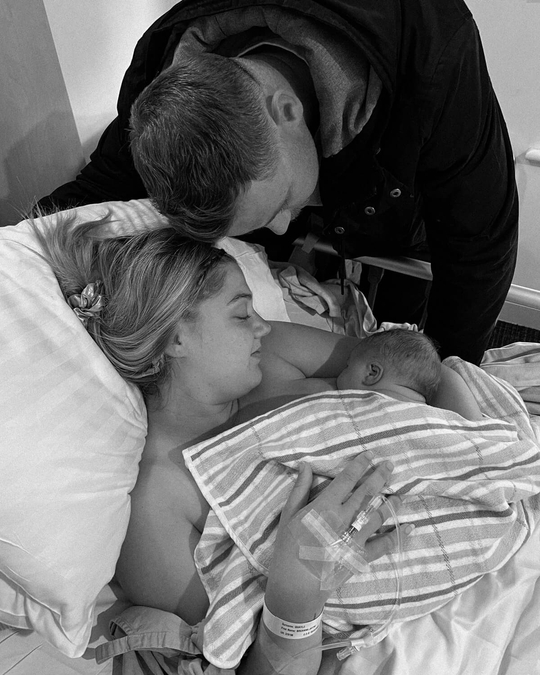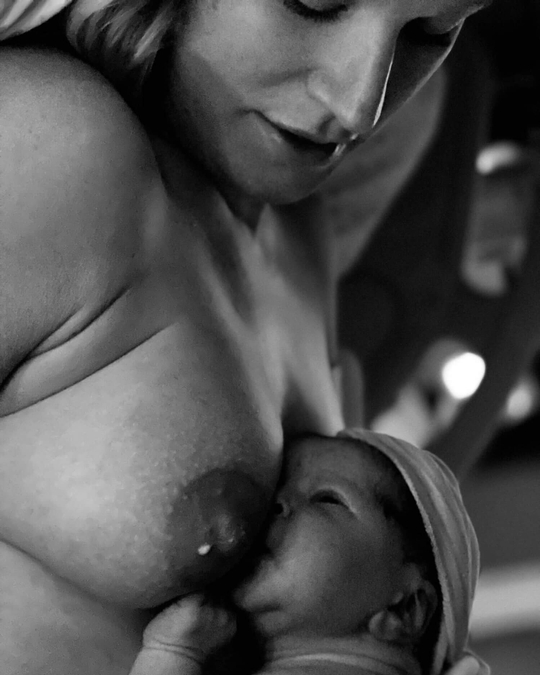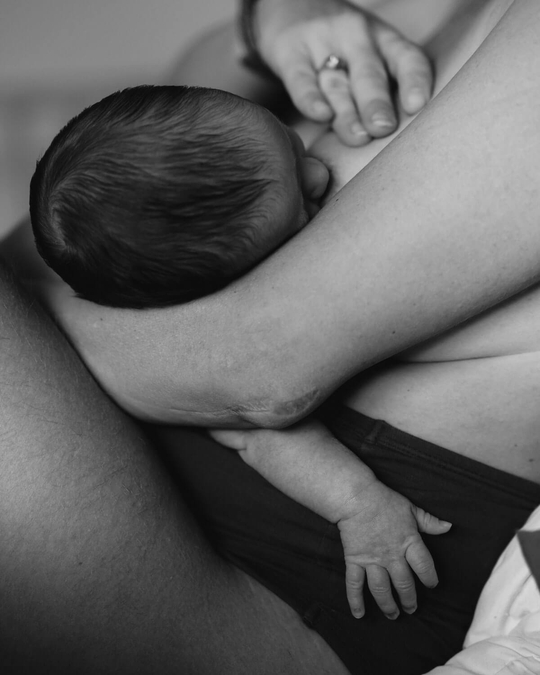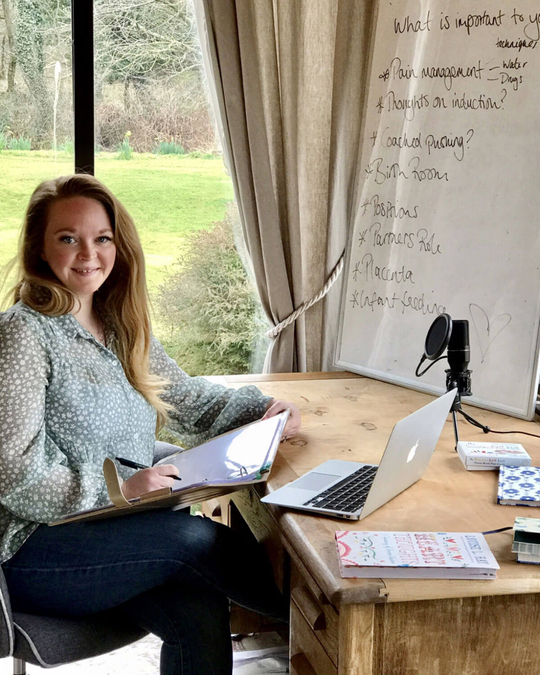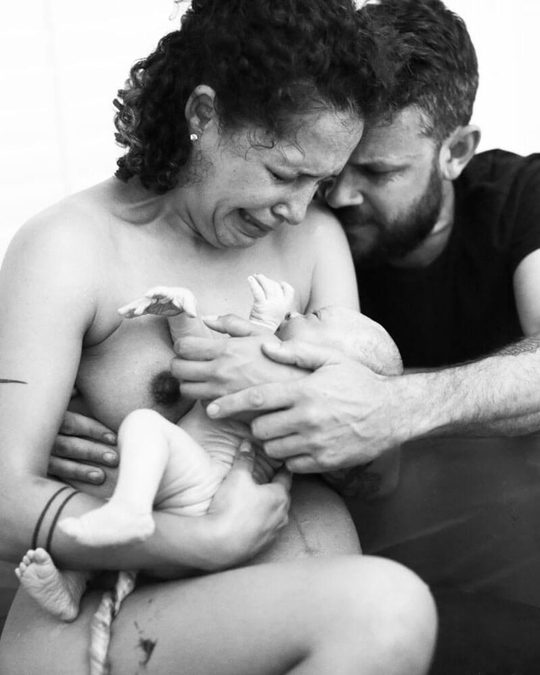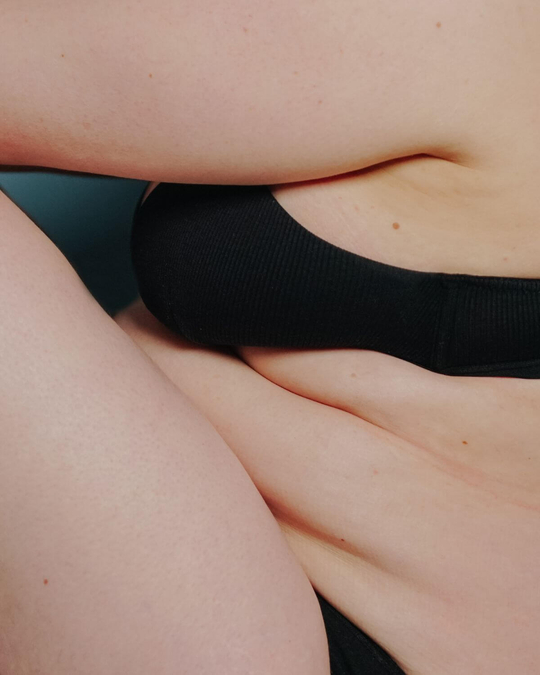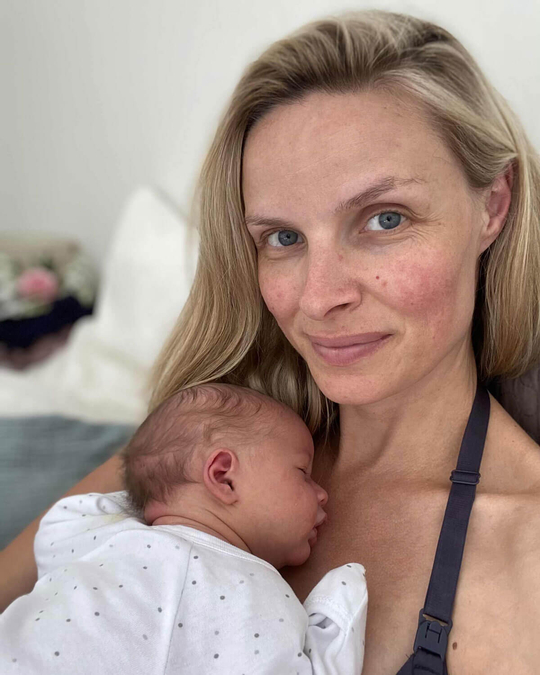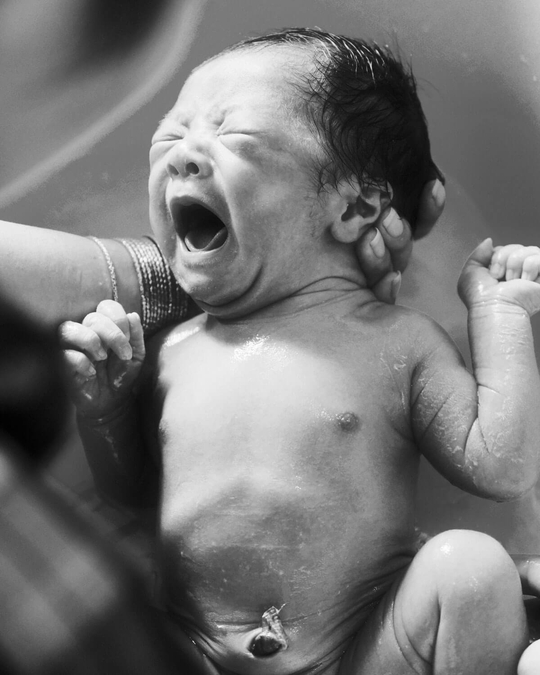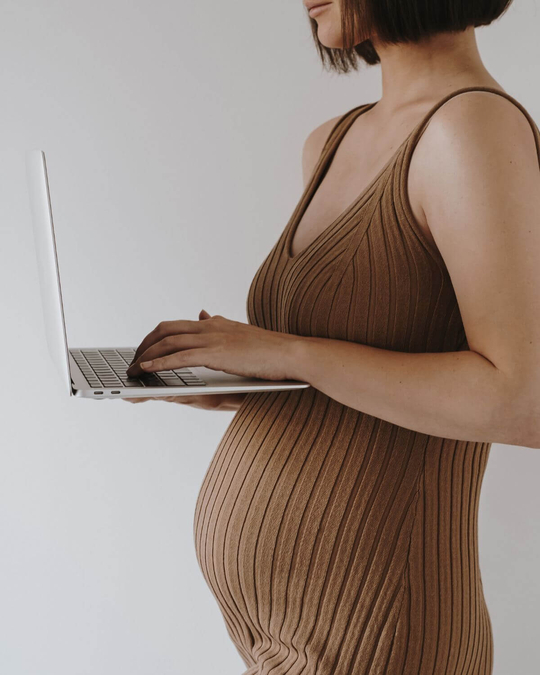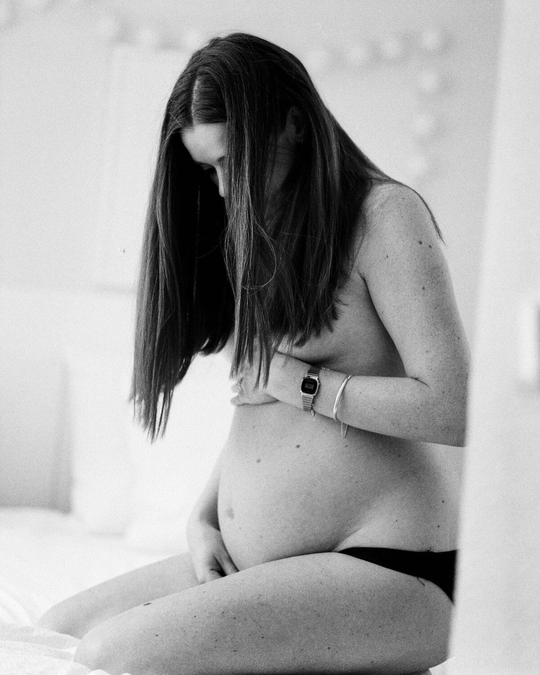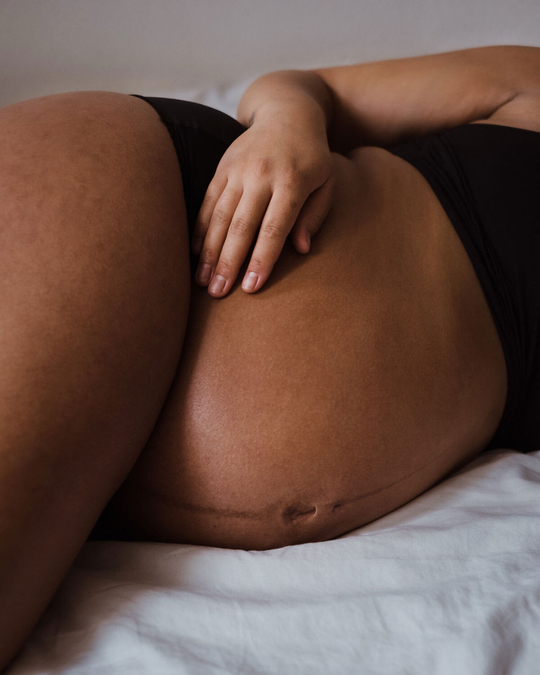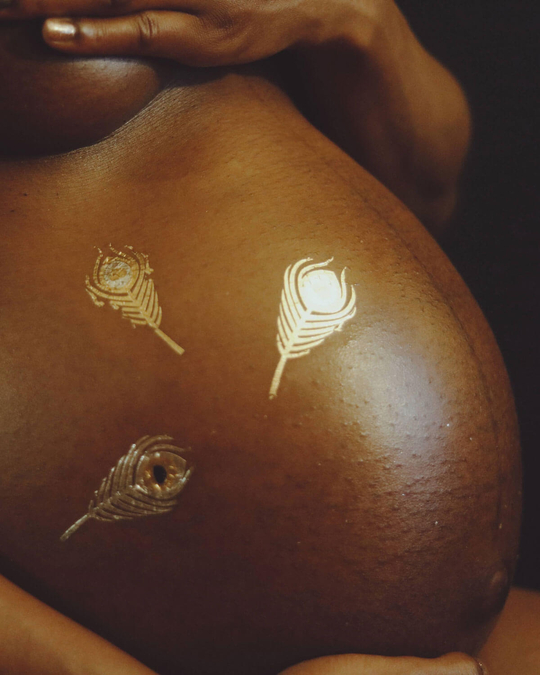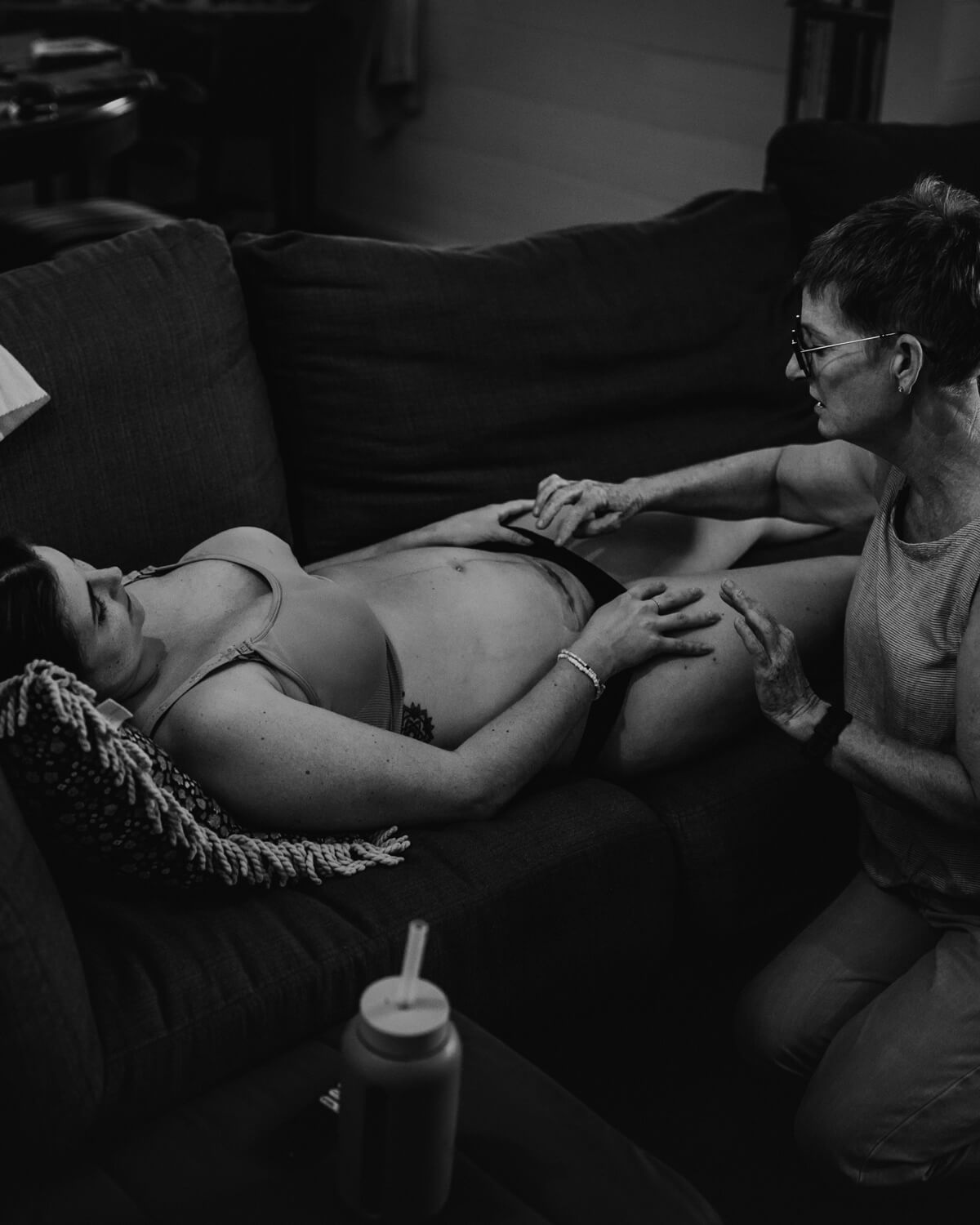There are so many new words and terminologies that we come across when pregnant. These can be anything from intriguing, exciting or even daunting. Montgomery glands, linea nigra, primigravida, VBAC, oxytocin, listeria and the list goes on. Today we’re talking about one that you may not have heard of, Diastasis Recti.
Diastasis Recti refers to the separation of the vertical muscles of the abdomen. It can result from factors such as pregnancy, weightlifting, performing abdominal exercises that exceed one’s muscle strength, and even genetic predisposition. During pregnancy, for instance, the abdominal muscles experience sudden and significant stress due to the growing fetus, which can lead to a gap between them and a protruding belly. Although you may view this as yet another irreversible change in your body, it is essential to note that you are not alone, and there exist preventative measures and treatment options to address this condition.
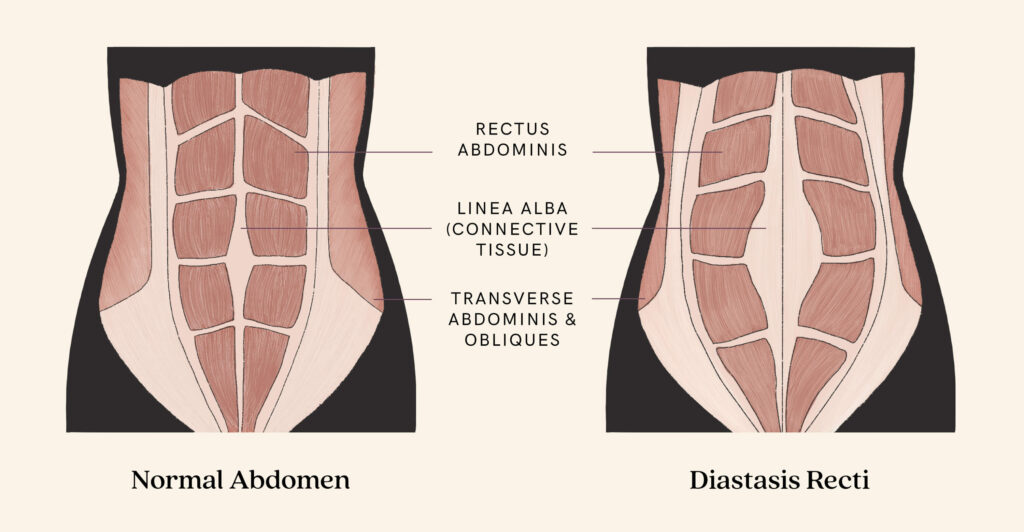
What is Diastasis Recti?
After giving birth, many women are left with Diastasis Recti, a condition characterized by a separation of the right and left abdominal wall muscles. It affects roughly two thirds of women to varying degrees and can lead to a protruding belly in extreme cases.
Why does it happen?
As pregnancy progresses, hormonal levels increase to prepare the body for childbirth, particularly in later stages. The hormones aid in the relaxation and loosening of ligaments and connective tissues, allowing the expanding uterus to exert pressure on the abdominal walls and result in muscle separation.
After delivery, hormonal levels return to normal, permitting the muscles to realign. Breastfeeding facilitates this process by stimulating uterine contractions and enhancing postpartum recovery in preparation for future pregnancies. However, in some instances, the connective tissue may stretch beyond its limits during pregnancy, compromising the muscles’ ability to contract back to their normal state.
Who is at risk and why?
- Prolonged pushing during labor can cause extensive muscle and ligament fatigue, resulting in longer recovery time.
- Multiple pregnancies, such as twins, can increase the degree of muscle wall separation due to the uterus’s greater size exerting pressure on the abdominal walls.
- Poor muscle tone or pre-existing muscle separation can impede muscle recovery post-pregnancy.
- Pregnancy later in life can decrease muscle tone and ligament recovery due to natural aging processes affecting collagen and elasticity.
- Multiple pregnancies can stretch the muscles, reducing their ability to recover.
- Abdominal procedures where the belly is inflated with air can stretch the muscles apart without muscular control, leading to muscle separation.
- C-section, epidural, or a lack of movement after childbirth can slow down muscle recovery, while early activity and muscle use promote active muscle memory.
- Not breastfeeding can delay muscle recovery due to hormonal softening and separation of muscles, whereas breastfeeding stimulates counteractive hormones that help bring the muscles back together.
How do I know if I have Diastasis Recti?
If you are concerned about Diastasis Recti, it is recommended to consult your healthcare professional to determine the extent of the condition and its duration. Diastasis Recti can manifest as a vertical bulge anywhere between the diaphragm and pelvis, often more pronounced around the navel. Tensing of the stomach muscles can create a soft gap between the diaphragm and pelvis. When the abdominal muscles are contracted, the stomach may display a visible coning or doming. Diastasis Recti can also lead to difficulty engaging the core, inability to lift previously manageable weights, lower back pain, and poor posture.
How is it treated?
The recommended treatment for Diastasis Recti may involve specific exercises prescribed by a physiotherapist and the use of a support or compression belt, depending on the severity of the separation. Surgery may be considered as a last resort if exercises and physical therapy are ineffective after a certain period of time.
Is it ever too late to correct Diastasis Recti?
Performing appropriate exercises to fix the separation of abdominal muscles after the delivery of your last baby can still be helpful, even if performed years later. In short, the answer is no.
What are the best exercises for Diastasis Recti?
It is essential to consult with your healthcare professional regarding the readiness of your body and ability to perform post-partum exercise regimes. Poor execution of certain exercises may have the opposite effect on your separated muscles. Typically, exercises performed on the floor should be initiated around 6 weeks postpartum and can include:
- Abdominal compressions
- Pelvic tilts when standing or lying
- Toe taps
- Heel slides
- Single leg stretches
- Cat arching with belly scooping
The transverse abdominus muscle (TVA) is the muscle that requires strengthening, as it is the deepest abdominal muscle and can offer support to the stretched-out muscles. To ensure maximum effectiveness, all exercises must be performed while engaging the core and pulling in the belly.
See the Tupler Technique below for more specific exercises.
What are the worst exercises for Diastasis Recti?
Avoid any exercises that are performed without the core being engaged, or that make you feel your stomach bulging or protruding. These can include the following:
- Sit ups
- Crunches
- Russian twists
- Any ab exercises with weights
- Speed reps
- Bridges
- Any heavy lifting
Healing time for Diastasis Recti
Usually, Diastasis Recti can resolve on its own within 8 weeks postpartum. However, if it persists beyond 6 months, it is unlikely to resolve without consistent exercise or the assistance of a physical therapist, depending on the severity.
How can I avoid Diastasis Recti?
To minimise the risk of severe muscle separation, it is recommended to strengthen your core and pelvic floor muscles before pregnancy and maintain the exercises during pregnancy. Some women find wearing a compression belt or band helpful in supporting their abdominal muscles after childbirth.
When should I see my healthcare provider?
This is completely up to you and how severe your condition is and if there is any associated consistent pain. As Diastasis Recti is a common condition that is easily treated and usually remedies itself after 8 weeks, it’s recommended to see a health care provider when it is still apparent after this time and if you have more than a 2 finger gap between your muscles.

Julie Tupler, RN
I would like to introduce you to Julie Tupler. Julie is an expert in her field as a Registered Nurse, Certified Childbirth Educator and a Certified Personal trainer.
For over 25 years Julie has been teaching and developing the research and evidenced based Tupler Technique® Program for treatment of Diastasis Recti in women, men and children.
What is Tupler Technique?
The Tupler Technique® is a research and evidenced based program to treat Diastasis Recti which is a separation of the abdominal muscles. The program treats Diastasis Recti by:
– Healing the stretched out connective tissue that joins the separated muscles. It heals the connective tissue by continually positioning it in a narrow position to take the stretch off of it.
– Protecting connective tissue from getting stretched either in a forwards or sideways direction with activities of daily living or while exercising.
– Strengthening both the connective tissue and abdominal muscles with the Tupler Technique® exercises.
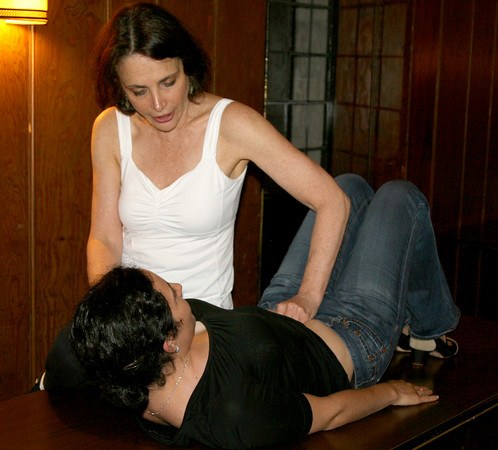
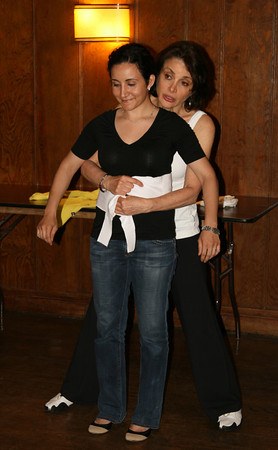
The 4 step program:
1. Tupler Technique® exercises
2. Wearing a Diastasis Rehab Splint®
3. Developing transverse muscle awareness with activities of daily living
4. Getting up and down correctly from seated or back lying positions
The program also prepares pregnant women for labor and patients having abdominal surgery for recovery after surgery.
Why is it important to correct Diastasis Recti?
The functions of the recti muscles are to support the back and the organs. When they separate and the connective tissue stretches sideways the abdominal muscles can no longer do their job. Side effect of a diastasis are back pain, umbilical hernia, GI disorders such as bloating and constipation and pelvic floor issues. A large diastasis can put a pregnant woman at risk for a C-section and can put a person having abdominal surgery at risk for an incisional hernia (stitches come undone after surgery).
How long have you been working in this field? Why did you start?
I started teaching exercise to pregnant women in 1987. I realized that childbirth education comes at the end of the pregnancy and only prepares the mind. So I started the business called Maternal Fitness in 1990 to prepare women for the marathon of labor. I taught pregnant women how to push with their strengthened abdominal muscles while relaxing their pelvic floor muscles to prevent pelvic floor prolapses. In the process of working with pregnant women and new moms I discovered the condition called Diastasis Recti and saw the effects it had on pregnant women and new moms and started my journey in developing the Tupler Technique® to treat diastasis recti without surgery.
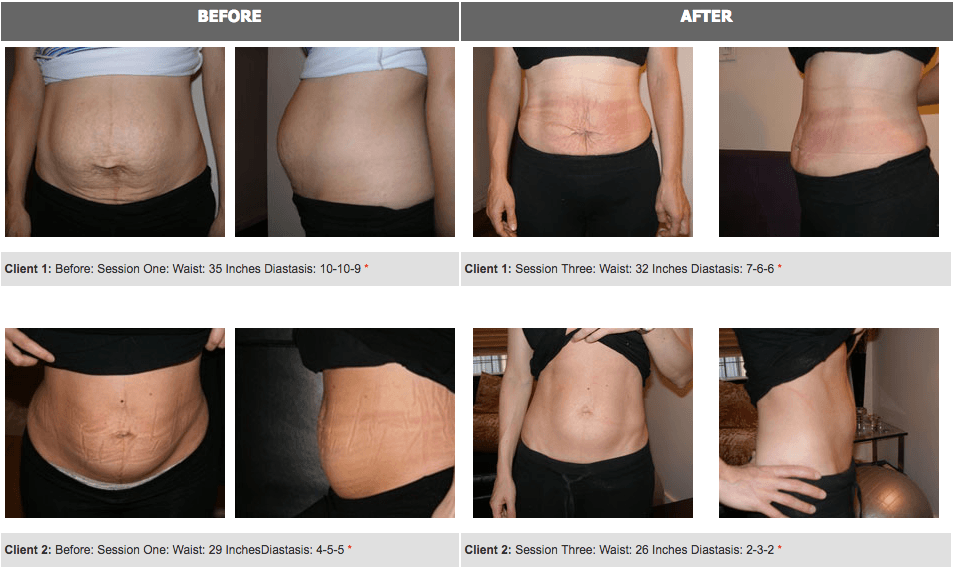
What has been your most rewarding experience thus far?
My most rewarding experience is when my program reverses an umbilical hernia and then my clients do not need to have surgery. I love it when a client tells me that doing my program has changed their life.
How do women find you?
Women and men find me through physician referrals, referrals from clients that have done the program and or course the Internet.
Books
I have written three bestselling books– Maternal Fitness (Simon& Schuster) and Lose Your Mummy Tummy (DaCapo), and Together Tummy (Mascot).
DVD’s
I have produced five DVDs and invented the Diastasis Rehab Splint® and Diastometer™ for measuring diastasis.
Other Products
I have developed Together Tape and Corrective Connective Tissue Cream.
Online Program
I have also developed an ongoing 18- week online support program that my clients can use as much and as long as they like. It supports my clients with a weekly video, tips and blog to connect with others doing the program. It also includes a live monthly webinar where I answer my clients questions.
What do you see yourself doing in the next 10 years?
In 10 years I see myself still doing what I love to do! Treating clients, training medical professionals and speaking at conferences to medical and fitness professionals. I am hoping that in 10 years, Everybelly® will be checked for a diastasis as part of all medical and fitness evaluations.
—
Disclaimer: Cake does not provide medical advice, diagnosis, or treatment. Any information published on this website or by this brand is not intended as a substitute for medical advice, and you should not take any action before consulting with a healthcare professional.
LIKE WHAT YOU READ?
Join CakeMama Club & get 10% OFF your first order!
Plus you’ll get tips + tricks for pregnancy, postpartum & breastfeeding, get member-only offers, earn CakeCoins every time you shop + more. Learn more











